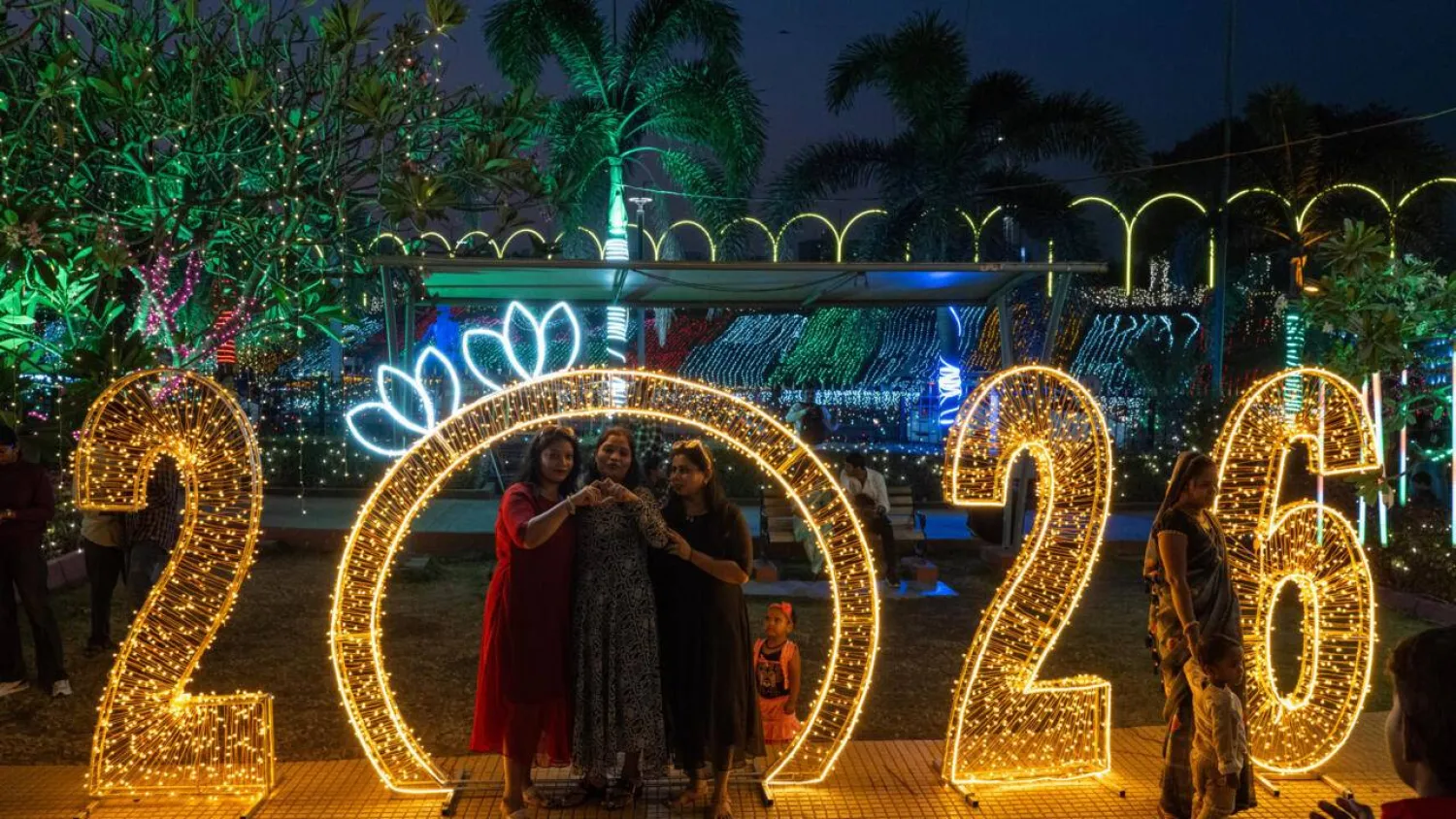Mahmoud Sulaimani, Managing Director of Siemens Energy Saudi Arabia, is urging Arab countries to boost investments in power plants to better handle future challenges.
Speaking to Asharq Al-Awsat, Sulaimani addressed worries about increased load shedding during this summer and its economic effects.
“We need to invest more to ensure our networks can efficiently and reliably deliver electricity now and in the future,” he said.
Many Arab nations are struggling with frequent power outages due to high summer demand. Countries like Kuwait, Egypt, Iraq, Yemen, Sudan, Lebanon, and Syria are facing serious crises. Recently, Egypt improved its situation by securing fuel for its power stations.
Sulaimani stressed the need for strategic partnerships among Arab nations.
“These partnerships are essential for better resource management and finding joint solutions. We need reforms, investment in technology, and regional cooperation to tackle these challenges,” he explained.
In Yemen, outages can last up to 12 hours daily; Iraq sees up to 10 hours, while Sudan experiences between 10 to 14 hours. In Lebanon, outages range from 12 to 20 hours, and Syria faces 10 to 20 hours.
Kuwait experiences 2 to 3 hours, while Egypt had outages of up to 3 hours before resolving its issues.
Sulaimani emphasized the importance of updating infrastructure.
“Modern power plants are much more efficient, reducing fuel use and emissions while minimizing downtime. Embracing smart technologies allows energy systems to work better together, improving efficiency and stability,” he noted.
Sulaimani warns that as Arab countries expand their energy systems to include wind, solar, hydroelectric, and nuclear sources, they will face new challenges.
Many Arab nations have ambitious plans for secure energy supplies, but short-term issues—like securing fuel for power stations and updating old infrastructure—can hinder progress.
Despite these challenges, the long-term strategy for many countries focuses on boosting renewable energy production in their overall energy mix.
Siemens Energy Saudi Arabia Managing Director Urges Increased Investment in Arab Power Networks

Mahmoud Sulaimani, Managing Director of Siemens Energy Saudi Arabia (Asharq Al-Awsat)

Siemens Energy Saudi Arabia Managing Director Urges Increased Investment in Arab Power Networks

Mahmoud Sulaimani, Managing Director of Siemens Energy Saudi Arabia (Asharq Al-Awsat)
لم تشترك بعد
انشئ حساباً خاصاً بك لتحصل على أخبار مخصصة لك ولتتمتع بخاصية حفظ المقالات وتتلقى نشراتنا البريدية المتنوعة







